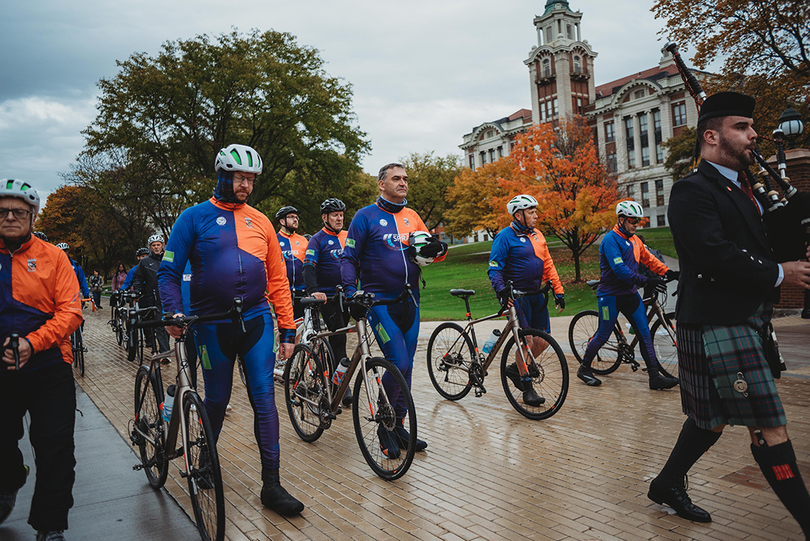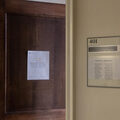The plane crash
When Colin Dorrance joined the Scottish police on August 5, 1988, he was the youngest officer on the force at 18 years old. He started his training at the police college that month and became a full officer by October.
On December 21, 1988, Dorrance, in a collared shirt, tie and blazer, hopped into his car to travel to a Christmas party. Driving along a country road at about 7 p.m., he listened to the radio. The evening news had just finished, and the weather report was starting.
Unknown to him, a bomb had just detonated in a Pan American Airways Boeing 747-121 that was flying over the town on its way to New York City. Only when Dorrance saw the explosion, illuminating the trees on a dark Lockerbie night, did he realize something was wrong. He was witnessing what was then the most deadly air disaster in the United Kingdom.
Though Dorrance worked in a town 15 miles away, he stayed in Lockerbie as a first responder until January of the next year, working in the mortuary, processing passenger luggage and guarding the wreckage. When he went back to his usual operational duties, Pan Am Flight 103 became a subject he didn’t revisit.
Dorrance distanced himself from the victims. As a policeman, it wasn’t professional. As an 18 year old, with no wife or kids, it was easier to handle.
“You can deal with the dead bodies and you can deal with the process, but when you start to make it personal and they become real and it becomes emotional, so you kind of have to take a mental step away from it and just not go there,” Dorrance said.
It’s how he viewed the disaster for 24 years until his daughter, Claire, traveled to Syracuse as a Lockerbie Scholar, part of the one-year scholarship program created by SU and Lockerbie Academy following the disaster. Five years later, his son Andrew would do the same.
It was Dorrance’s children that made him revisit the plane crash that changed his life.

















